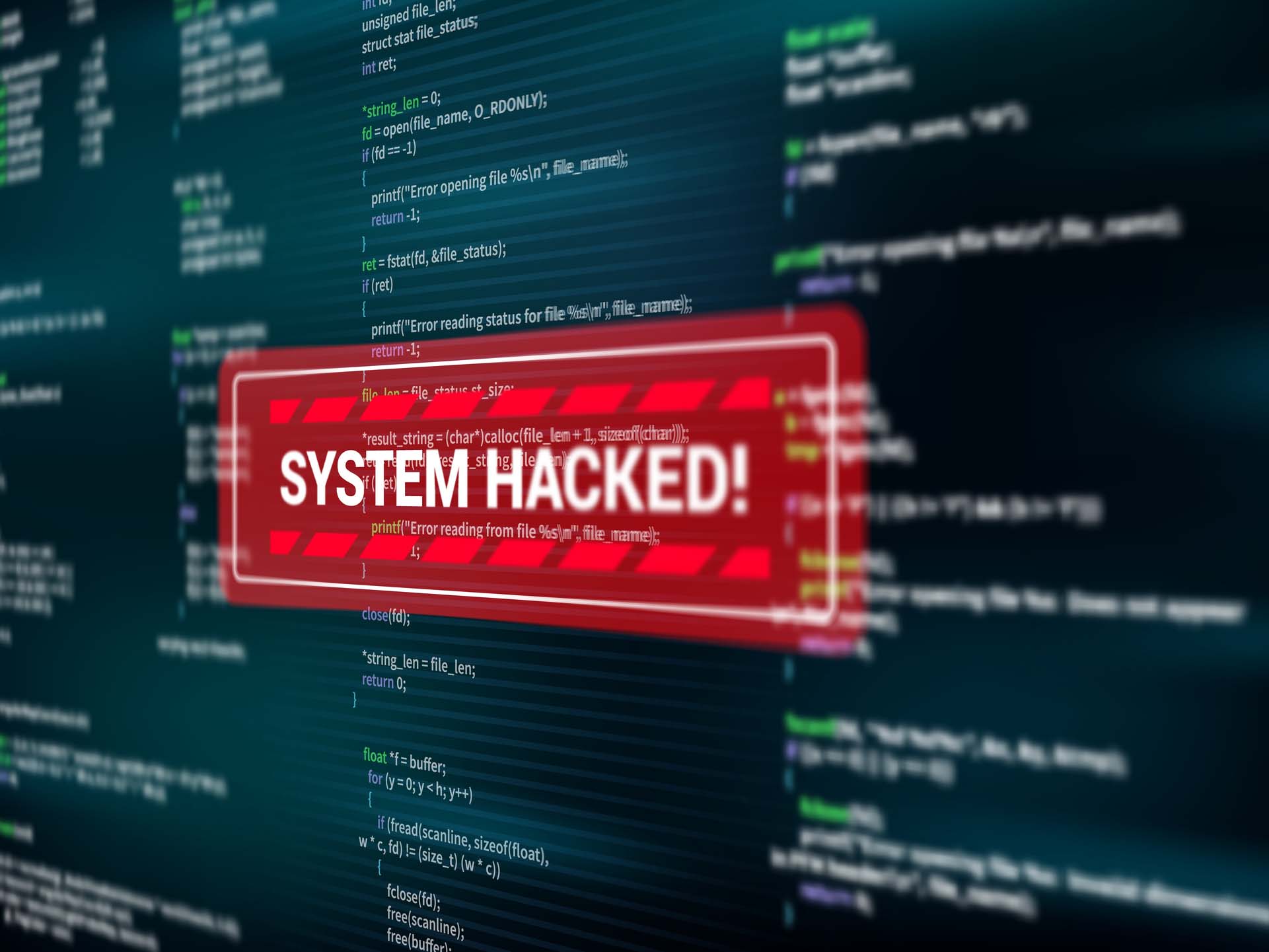Energy
A Possible New Market

Government regulation is often portrayed as the bane of free markets, but in the case of new rules governing electrical power generation in the Northeast and Midwest, regulation is actually creating a new and specialized insurance market.
After a series of electricity shortfalls over the past few years, two regional power wholesale organizations in the eastern U.S. now have federal approval to institute a system under which generators that fail to provide the power they have promised at peak times will pay for the cost of replacement power. In one interesting twist, it is not so much the risk that is emerging, but rather the risk-transfer market itself.
Last year, ISO-New England (ISO-NE) got approval from the Federal Energy Regulatory Commission (FERC) to institute a system of charges and payments. In July of this year, PJM, the regional transmission operator for a wide swath of the Middle Atlantic and eastern Midwest, also got FERC approval for a similar system.
The United States and Canada are divided into regional independent system operators (ISOs) and regional transmission organizations (RTOs), which differ only in a few legal senses.
It is straight cost of replacement for non-delivered goods, in this case, electricity.” — Matthew White, chief economist at ISO-NE
At present, ISO-NE and PJM are mandatory markets, where all power providers must participate and mandatory charges are in place. Others are voluntary.
Utility industry organizations note that pending federal legislation could recognize the preferability of mandatory participation and payment systems, but that is a long way from being passed and signed into law.
Even though the ISO-NE and PJM regimes were approved at different times, they both go into effect with the delivery contracts starting in June 2018. Those contracts have already been bid and accepted, and in most cases power generators have already figured the costs into their rates.
The purpose for the new rules is to ensure sufficient power at peak demand, especially during hot summer days and winter storms. The charge-and-payment system is a double-settlement contract, standard in commodity markets.
If a supplier fails to provide the commodity — grain, oil, power — in the agreed amount at the agreed time, the supplier has to pay a set compensation, which the buyer then uses to fill the gap on the spot market. It is a straight transfer to ensure delivery.
“These are fully insurable risks,” said Matthew White, chief economist at ISO-NE.
“It is straight cost of replacement for non-delivered goods, in this case, electricity. Insurance is a critical part of our ability to deliver power, and we considered the insurability of the risk in market design whenever we make significant changes.”
It is also important to note that the core purpose of the new regimes is to encourage generators to invest in their infrastructure, operations and reliability.
Seeking a Just System
Both ISO-NE and PJM have said that they would much prefer that all their generators provide every watt they have contracted to supply. But realistically that won’t happen, so the new arrangement, they hope, will enable timely, transparent and fair replacement power.
“There are no penalties in our design,” White said. “This is a true two-settlement obligation, just like any other commodity contract.

Brian Beebe
Head of origination, environmental & commodity markets, North America, Swiss Re Corporate Solutions
“We know that penalties are not insurable, so we were careful not to structure the market that way. This is covering a short position where every party knows the terms.
“The risk can be indexed to a transparent development outside the control of the insured, so there is no moral hazard. Insurers can model the system.”
Insurers are doing exactly that. Manfred Schneider, head of engineering in North America for Allianz, confirmed that fines or penalties would not be covered under standard business interruption (BI) coverage.
“We are working with our alternative risk transfer group looking for financial solutions to this non-typical exposure. We have to find the framework, the limits, the exposures. This is not just something you can lift out of the drawer.”
Schneider said that it could take another six to 12 months for Allianz and other carriers to work through the full underwriting, including assessing the needs, costs and potential size of the market.
A History of Coverage Ambivalence
One important concern for underwriters is that owners may choose not to buy policies after they invest time and effort into developing coverage for generators’ exposure under the new rules.
That would not be unprecedented.
One carrier recalled that BI coverage was not triggered when an ash cloud from a volcano in Iceland essentially locked down all transport in Europe for more than a week in 2010 because there was no physical damage.
Raw materials, inventory and parts could not be delivered, and many operations were halted. Insurers developed new policies, but owners deemed them too expensive and did not buy them.
“This is very new and we are being very careful.” — anonymous electricity industry source.
The same thing happened after Hurricane Ike swept over the Gulf Coast in 2008.
Cities were evacuated and refineries and chemical plants had to close for lack of workers. The storm did relatively little damage, but plants incurred the costs of shutdown, idleness and restart.
Again, at least one carrier developed “spin-down” insurance to cover such non-damage costs, but owners did not buy it.
“Swiss Re has seen a sharp increase from risk managers, CFOs and the heads of power trading inquiring about coverage options for generators participating in binding capacity performance markets,” said Brian Beebe, head of origination in North America for environmental and commodity markets with SwissRe Corporate Solutions.
“Since the magnitude of potential penalties for generator non-performance is extraordinary — millions of dollars an hour for a 500 Mw plant — the risk mitigation topic has been elevated within generation company senior management, including boards of directors.
“In response, generator risk managers and insurance brokers are seeking a variety of forward starting coverage options for key generation capacity.
“Clearly, the evolution of increased transparency and client knowledge of generator capacity prices is underway in deregulated markets. However, in traditional regulated utility markets, I do not see evidence that these areas are adopting any type of market-based mechanism to encourage generator availability.”
The high penalty charges have indeed caught the attention of corporate boards at generators, and they are pressing their risk managers for answers.
None that Risk & Insurance® contacted were willing to speak publicly, given that the situation is in flux and that they have to report first to their boards.
A significant concern among risk managers is not the availability of risk-transfer options, but the price, terms and conditions.
Several large generating companies serve both ISO-NE and PJM. Those contacted did not reply or declined to comment citing “competitive issues.”
One official observed, “This is very new and we are being very careful.”
It is expected that some of the larger corporations will retain the risk posed by the charges. That expectation in turn is making some risk managers anxious that lack of demand will limit participation by carriers and keep rates high.
Only time will tell how broad and deep this risk-transfer market becomes, and where capacity and rates settle. But one other concern raised about the new charge-and-payment scheme can be addressed. There has been a thought that small generators, especially those in renewable power, are essentially shut out, because they cannot commit to large delivery contracts.
That is not the case, said ISO-NE’s White.
“We know the status of every generator, updated every few seconds. If a wind generator cannot make a commitment to deliver, they don’t get the up-front payment, but they can be on standby.
“If the wind is blowing and they can supply during a delivery event, we will pay them the rate same as anyone else.”










